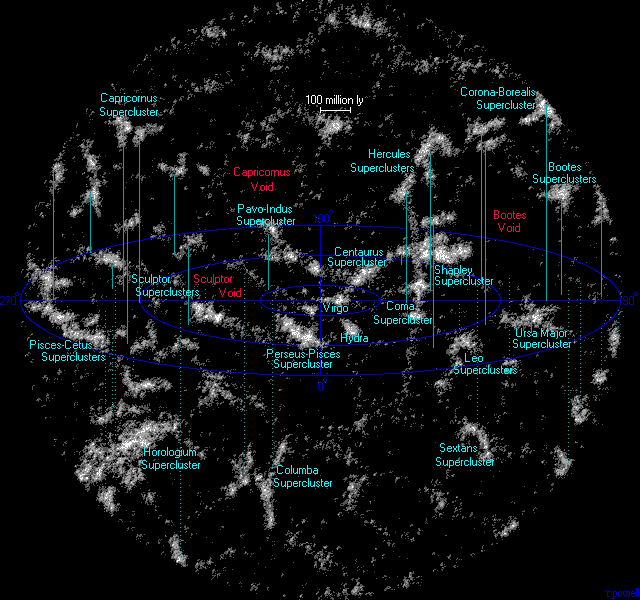Voids are those huge dimensions or sizes of space that have galaxies and groups of galaxies within its area or scope. A galaxy has plenty of stars, planetary bits and pieces, gas, dust and dark matter. Galaxies have millions or even billions of stars. The Sun is a part of the Milky Way galaxy. In the universe, there are more than 100 billion galaxies observed. The empty spaces linking filaments are voids. Filaments are the biggest structures in the universe that make up or have many galaxies. Voids contain very few or no galaxy at all.
Voids were first discovered by Lair A. Thompson in 1978 when he was making a study related to the universe at the Kit Peak National Observatory in Arizona, United States. Voids can have a width of 11 to 1560 MPC. Super voids are those voids that are huge in size. The smaller voids are those that are found in locations with high density.
Some of the voids discovered were the northern local super void, southern local supervoid, the giant void discovered in 1988, the boots void, the coma void which was the first void discovered in 1975, the Hercules void in discovered in 1979, and the Perseus void in 1980. The Giant void is the largest void in the Northern Gallactic Hemisphere and was discovered in 1988.
When studying about voids, it is necessary to also study about galaxies, filaments, stars and the entire universe. Related studies on the Big Bang theory will also prove to very helpful.

